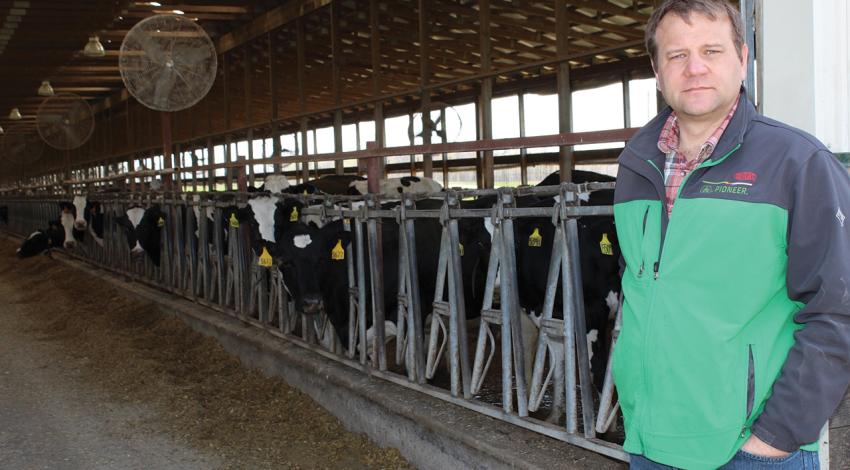Who among us, when we flip a light switch or turn on a fan, gives a second thought (or even a first thought) to where the electricity comes from to light the bulb or cool the room? Part of our job at Ohio’s electric cooperatives is to make it easy for you to take this miracle of science and engineering for granted. In this month’s issue, Ohio Cooperative Living pulls back the curtain and gives you a peek at how we make sure that power is literally at your fingertips anytime you want it.
power delivery
Bridgewater Dairy, a family farm in Montpelier, Ohio, has 3,000 dairy cows that produce 30,000 gallons of milk daily. They also produce an estimated 15 million gallons of manure each year.
A decade ago, Chris Weaver, Bridgewater Dairy’s chief operating officer, started turning his farm’s animal waste into something valuable — electricity — by installing an anaerobic digester.
“I wanted to manage the animals’ manure with an eye to helping the environment,” Weaver says. “I also wanted to improve the comfort of my cows. An anaerobic digester lets me do both.”
It’s a little-known fact that several Ohio agricultural cooperatives — livestock producers, dairy farmers, and crop associations — can trace their roots to the Ohio Farm Bureau Federation. The same holds true for Ohio’s Electric Cooperatives (OEC) members.
Sometimes our perceptions become skewed by what we hear or read in the news. Headlines often emphasize problems and concerns but rarely celebrate the slow, constant progress made by business or industry. We often need a reality check, or an opportunity to look at the facts and adjust our perception. I hope you’ll take a few moments to look at the electric power industry as I see it.
We take much for granted in our daily lives. This includes continuous access to an essentially unlimited supply of electricity at a relatively affordable price. Electricity and other modern energy delivery systems provide us not only the benefits of our many gadgets and toys, but also the essentials of light, heat, refrigeration and, of course, time — time to work at our jobs, complete our chores and enjoy our lives.











